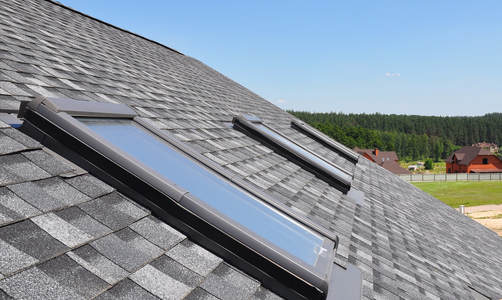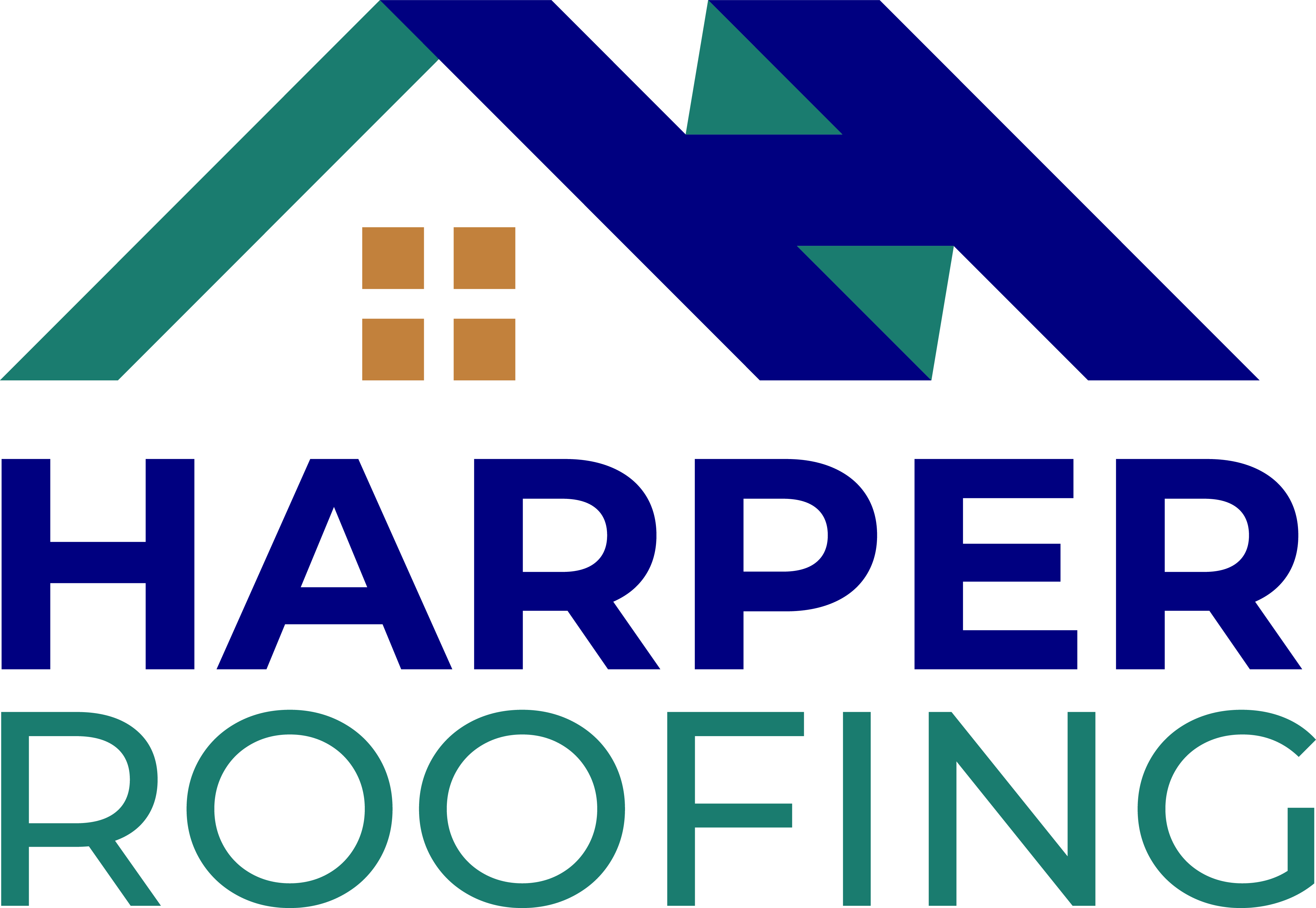Installing a skylight is a great way to add natural light to any room. Skylights can add as much as 30% more light than a window. But before putting a hole in your roof and spending up to $3,000, do your homework. Until recently, roof slope would determine whether or not a skylight could be installed. However, today’s flashing kits and installation techniques allow skylights to be installed on almost any roof. The cost for metal or tile roofs may be higher.

Some questions to answer before deciding to install a skylight are:
- Is your roof framed with trusses? This can add to the cost.
- Is the attic space clear?
- Will you need a chase?
- Will a skylight suit your home’s architectural style?
- Would a solar light tube do the job for 20% of a skylight’s cost?
The first thing to decide when planning for a skylight is where it will be placed. Consider the sun’s path; skylights on the south or west facing portion of the roof will collect direct sun. This means on hot days you may have a heat trap and will need to plan ways to control the additional heat, perhaps with remote controlled shades or Venetian blinds. Skylights that face north or east may not get direct sunlight.
Skylight with an attic
If you decide to install a skylight in a room that has an attic above, you will need to build a light shaft or chase. This is a framed tunnel that will funnel light from the roof to the room below. After framing, drywall is added and then painted. This may add as much as $1,500 to your installation costs. You will need to make sure that there is no HVAC, plumbing, or wiring in the way.
Installation supplies to install a skylight are 2X4s for the frame, drywall and finishing supplies for the ceiling, roofing paper, roofing nails and 16d galvanized nails, step flashing and continuous flashing. Tools should include a circular saw, hammer, flat pry bar, tin snips, and a utility knife.
According to diynetwork.com, some things to consider when deciding to install a skylight are:
- Don’t Skip on Quality and, Go Green
The energy efficiency, water tightness, sound reduction and load and wind resistance are important factors in choosing a skylight. Additional options to consider are shading, UV coatings and ventilation. Look for products made from sustainable materials, in order to protect the environment. Because you will be living with your skylight for years to come, you want to make sure you will be happy with the results.
- Placement
The placement of your home’s rafters will determine skylight placement. Plan ahead and consult a space plan or blueprint before cutting out sections of your roof.
- Weather
Look at the weather forecast before starting your project. Rain or bad weather can slow down or even stop the construction if moisture gets in during installation.
- Safety
If you are doing the installation yourself, make sure your ladder is the right type and height. Proper footwear is a necessity for traction. For some roofs, using roof jacks to support a 2 X 12″ board to stand on while working is a good idea. Make sure the roof jacks are secured with nails that are driven into the roof joints and not just through the sheathing.
- Proper Flashing
Make sure that you are buying the right flashing kit by determining the slope of your roof. Because there are a great number of kits that are specific to a particular pitch, you will need all the information that pertains to your specific project, before your make your purchase.
- Start from the Inside
Remove the interior sheathing and then drive four nails or screws in the corners of the box outline marked for the skylight. This will help make it easier to determine the skylight opening from the roof.
- Remove the Shingles
Before you start cutting, remove the shingles from the roof where you have marked the opening.
- Waterproof the Flashing
After installing the flashing kit, attach waterproof flashing. This will divert water and ice flow away from your skylight.
- Add Extra Drywall and Insulation
Adding a little drywall and insulation will cut down condensation and will finish the ceiling space.
- Self-Ventilating Skylight
A self-ventilating skylight will allow you to vent your room along with adding more natural light.
Adding a skylight is a beautiful way to bring more natural light to a room.
Purchasing the correct skylight and having it installed correctly will add architectural style to your home. Harper Roofing has been providing roofing services for families in Charleston and the surrounding area since 2009.
